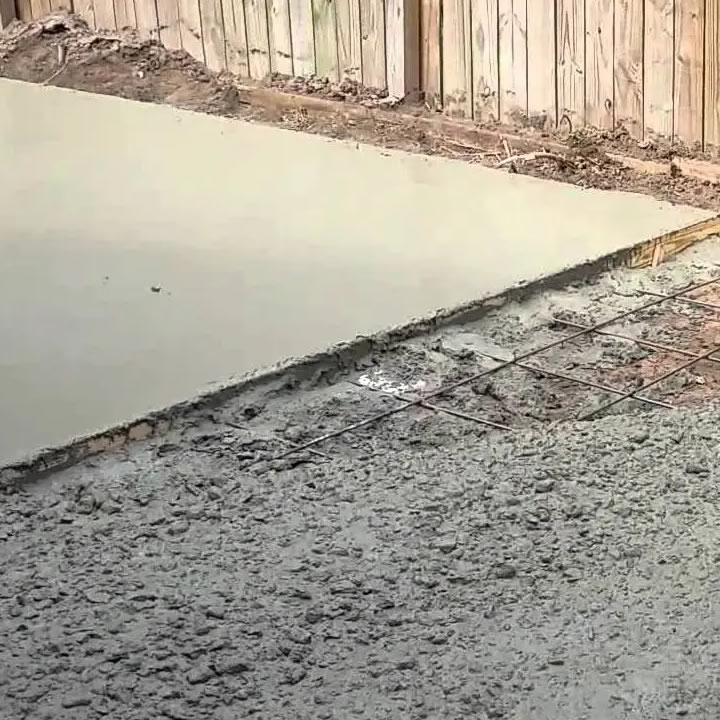If you’re involved in the construction industry, then you’ve probably heard of air entrainment and its importance in ensuring concrete structures are safe and structurally sound. But what is air entrainment, how does it work, and why is it important for testing the strength of concrete?
In this article, we will discuss what air entrainment is and the many benefits it offers to concrete testing.
Cement testing equipment is also critical for ensuring the quality of cement products. This equipment is used to test the physical and chemical properties of cement, as well as its resistance to different weather conditions.
What Are The Benefits Of Air Entrainment In Concrete?
Air entrainment is the process of adding small air bubbles to concrete. This increases the concrete’s resistance to freeze-thaw cycles and makes it more workable.
The primary benefit of air entrainment is an increase in the concrete’s resistance to freeze-thaw cycling. With proper air entrainment, concrete can resist up to 20 freeze-thaw cycles. This is a significant increase from the 2-4 cycles that non-air-entrained concrete can resist.
In addition to this, air-entrained concrete is also more workable than non-air-entrained concrete. This means that it is easier to place, finish, and compact. As a result, air entrainment is often used in applications where aesthetics are important, such as sidewalks and parking lots.
How Does An Air Test Concrete Work?
An air test concrete works by measuring the amount of air that is entrained in the concrete mix. The air content is typically measured by weight and is expressed as a percentage of the total weight of the concrete.
For example, if the air content of a concrete mix is 5%, that means that 5% of the total weight of the concrete is made up of air.
The benefits of air entrainment are many.
Air entrainment in concrete increases the workability of concrete, making it easier to place and finish. It also increases the durability of concrete, making it less susceptible to freeze-thaw damage.
Additionally, air entrainment can improve the permeability of concrete, and make it less likely to bleed or settle during placement.
Techniques To Ensure Proper Air Entrainment Testing
Air entrainment is a process whereby small air bubbles are introduced into concrete during mixing.
These bubbles serve to improve the durability and workability of the finished product. Proper air entrainment is essential to achieving the desired results, and there are a number of techniques that can be used to ensure proper testing.
One of the most important things to remember is that the correct amount of air must be added to the mix.
Too little air will not provide the desired results, while too much air can actually weaken the concrete. As such, it is important to follow the manufacturer’s instructions carefully when adding air-entraining admixtures to the mix.
Another key consideration is timing.
Air entrainment should take place during mixing, and not be allowed to continue for too long afterward. When testing for proper air entrainment, it is important to start at the beginning of mixing and continue until just before discharge from the mixer.
This will help ensure that all of the concrete has been properly mixed and that no pockets of unmixed concrete remain.
Finally, it is also important to keep in mind that different types of concrete will require different amounts of air entrainment. As such, it is important to consult with an expert before beginning any project to ensure that adequate air entrainment will take place.
Troubleshooting Tips For Dealing With A Poor Air Test Concrete Result
There are a few troubleshooting tips you can follow if you’re dealing with a poor air test concrete result:
- Make sure the concrete is properly mixed. Poor mixing is often the root cause of poor air entrainment.
- Use an appropriate air-entraining admixture. Not all admixtures are created equal – using the wrong one can lead to poor results.
- Ensure that the dosage of air-entraining admixture is correct. Too little or too much can lead to problems.
- Make sure the concrete is properly cured.
Improper curing can cause the evaporation of water from the concrete, leading to reduced air entrainment in concrete and poorer results.
Conclusion
Air entrainment is an important technique for concrete testing and provides numerous benefits when done correctly. It increases the workability of the concrete, improves its plasticity, as well as its fireproof and water-resistant properties.
Moreover, it helps increase endurance against freeze/thaw cycles which makes it an ideal choice for structures in cold climates.
With all these advantages, air entrainment in concrete is a great tool to help ensure that your building materials are up to standard and will last you many years to come.

